El pasado 3 de marzo de 2017, como expliqué aquí, hice una charla titulada “La copita de vino no es saludable”, que en Youtube aparece citada como “¿Es sana esa ‘copita de vino’ diaria?”. La tenéis completa en este enlace: https://goo.gl/dzggGg.
Si estás leyendo esta entrada, quizá te interese esta otra: «Vídeo y transcripción Pues bien, hace poco, Ian Duff, del Institute of Linguists de Londres se ofreció a transcribir la charla por completo al inglés. No puedo sino agradecerle enormemente su labor: ¡impagable! Aquí la tenéis: Is that “little glass of wine” a healthy daily option? At a family dinner try saying that wine is not good for your health. You will see what a fuss it causes. I was brave enough to explain this a short while ago during my regular spot called Healthy People (“Gente Sana”) on Spanish National Radio (Radio Nacional de España). Almost immediately a very angry woman was calling the programme accusing me of being some sort of manipulative liar for stating that wine contains alcohol. “How dare you?”she wanted to know and “how could a public service broadcaster permit this type of thing?”. My response? Well, yes my dear woman, wine is an alcoholic drink, no matter how you look at it. I would swear that I didn’t manage to convince her, though. Let’s see if I can convince you. If it were the case that I wanted to be popular with everyone then I would say that a little glass of “good wine”does not harm anybody. But I don’t want to be popular with everyone; so long as my wife likes me then that’s good enough for me. In fact if you want to win the love and affection of those around you then do not become nutritionists. There are many reasons why nutritionists (or at least those who are just a little bit serious) don’t appeal to the average person on the street; such as those “little biscuits”, “little bag of crisps”or “little bit of ham”… In fact, the other day I thought up this definition for a nutritionist: a human being who sees a person naked on the street with a croissant in their hand and then proceeds to focus on the croissant! So let’s get serious and talk about wine. But before doing so I should warn you that what I’m about to say is also totally applicable to beer or to any other alcoholic drink. Let’s go. Have you ever heard or read that wine is beneficial for your heart? Well you have been brazenly lied to. I’m going to read the conclusion of the World Health Organisation (WHO) from its 2012 study “Alcohol in the European Union”(1): “Alcohol is dangerous for the cardiovascular system”. All right, well “Alcohol is dangerous for the cardiovascular system”does not seem to be synonymous with “good for the heart”. Don’t you trust the WHO? Are you thinking that this reference may be obsolete? Well in the next image we will read the opinion of the European Commission (2). In the view of the European Commission “Over the long term a moderate consumption of alcohol increases the risk of suffering from heart problems”. You don’t trust the European Commission either? That’s not so good. Well, whatever the case, it’s time to turn to an extensive review of 56 epidemiological studies published in the British Medical Journal (3) on the 10thof July, 2014. The conclusion of this rigorous investigation is quite clear: “the consumption of alcohol increases the number of coronary events in all drinkers, including those who drink (in inverted commas) ‘moderately’”. And I’m using inverted commas around “moderately”since this should be read as “low risk”(and not “no risk”). The advice to “drink moderately!”(or “sensibly!”) is no more than a recommendation which seeks to normalise alcohol consumption, or to increase it, as explained by Dr Juanjo Cáceres in his book Intelligent Consumption (“Consumo inteligente“). Looking at the hard numbers, it was shown by the journal, BMC Public Health, in April 2016, that 780,381 people die annually from cardiovascular diseases that can be attributed to alcohol (4). But perhaps you have heard or read that a “moderate”consumption of alcohol not only protects the heart but also that it reduces the rate of mortality. In order to understand why this is not true either, we can do no better than to turn to a recent investigation coordinated by Dr Tim Stockwell in the Journal of Studies on Alcohol and Drugs (5). The conclusion of this study was as follows: “a low level of alcohol consumption leads to no net benefits in terms of mortality when compared with lifelong abstinence or the occasional consumption of alcohol”. It’s possible that some of you may be thinking that “this gentleman can say what he likes, but I have seen, with my own two eyes, a study which shows that teetotallers die sooner than those who drink”. Well, yes, I have also seen with my own eyes, these types of studies. So do I need to pay a visit to the opticians? Or perhaps it’s you who needs to make an appointment? In order to resolve this enigma we need to ask ourselves the following: why are there studies which have observed (although not “demonstrated”) that teetotallers show a higher risk of mortality than those people who exhibit a low or “moderate”level of alcohol consumption. Well, for three reasons: Since this is a crucial point in my presentation I would ask you to give me your full attention. It turns out that the people who drink alcohol “in moderation”are, in many respects, different to those who cannot be described as such. I’m going to explain this with a little metaphor. Let’s imagine that we are in a big auditorium full of people and that we divide them into two equal groups; putting all those with the latest model of iPhonein their pocket on the right hand side and those who don’t have one on the other side. It’s very likely that if we were to do a prospective study to measure mortality risk, we might observe that those with the latest iPhone demonstrated a lower risk of mortality. Is this because of the “protective properties”of the iPhone? No, it’s because these people have more money, a crucial factor in determining the risk of mortality over the long term (7). As is often said, our risk of mortality is not so much in our genetic code as in our postal code. Let’s think now about wine. Going back to that imaginary auditorium we’ll put all those males who have two glasses of wine every day (and one glass a day in the case of females) on the right hand side, and on the other side we’ll put those people who are either teetotal or who drink large amounts of alcohol. If we were then to evaluate the long term mortality risk of both groups we would probably find that the group on the right showed a lesser level of risk. Is this down to the wine? Well, no, it’s because this group won’t only show signs of moderation in relation to alcohol but also in terms of their wider life habits. So, on the one hand it turns out that the people who take alcohol moderately also tend to be moderate in other parts of their lives and are inclined to have less dangerous behaviour patterns. And logically that will diminish their risk of mortality. On the other hand, this group will also tend to have a higher level of purchase power (and live in richer areas) with increased social capital and cultural levels and higher participation rates in sports etc (8). All of this has a far greater influence upon their mortality risk than the supposedly positive affect of wine…which turns out to be diluted in well designed studies, as we have just seen. But that’s not all. Next, you’re going to understand why, if nutritionists such as myself were to see that nudist from before with a little glass of wine in their hand, then we would also be looking primarily at the wine. In turns out that the consumption of alcoholic drinks is also related to the risk of cancer. In 2015 the WHO in its “World Report on the Situation of Alcohol and Heallth”(“Informe Mundial de Situación sobre Alcohol y Salud”) stated that: “A level of consumption as low as one drink per day causes a significant increase in the risk of some types of cancer”(9). And in November 2016 the World Cancer Research Fund pointed out that: “Solid scientific evidence exists that alcohol increases the risk of six types of cancer: breast, intestinal, liver, mouth/throat, oesophageal and stomach”(10). The image of the glass of wine that appears in the tweet sent out by the World Cancer Research Fund is not something that I have added. Nor is it a coincidence. This organisation uses the picture of the wine glass precisely because of the widespread belief – and not only of that woman who called me up on the radio – that wine does not count as an alcoholic drink. But things don’t finish there, given that the photo also contains the recommendation that: “For the prevention of cancer it’s best not to drink alcohol”. You can get more information via this link: http://www.wcrf.org/int/cancer-facts-figures/link-between-lifestyle-cancer-risk/alcohol-cancer (11). Let’s also add this observation from the American Institute For Cancer Research: “Every daily alcoholic drink can increase the risk of suffering from breast cancer by 10 to 12 percent”(12). We can summarise what has been said up to now by asserting that today it’s clear that there is no safe level of alcohol consumption. Trying to convince ourselves that alcohol offers positive effects to our health is a bit like sweeping out our dining room while at the same time banging into the furniture, the vases, the TV or the flower pots. Are you cleaning, or is it more a case of fixing one thing while damaging another? The difference is that at least with your sweeping you are doing something positive. As we have seen, in the case of alcohol there is no solid proof that it has any type of positive health effect; indeed we have serious reasons for thinking that it represents a notable risk. All this becomes more worrying if you take into account that drinking alcohol is something that nine out of 10 Spaniards do and that as we get older we drink more. Indeed we take more calories in the form of alcohol than we do by eating from that a super healthy food group – pulses (13, 14). And why are we all so convinced that wine is healthy? There are many reasons: a greedy industry, ambitious celebrities, negligent health services, con artists, an irresponsible media and poor legislation (15). Whatever the precise case, I believe that it’s worthwhile focussing on two of these explanations. The first reason concerns legislation which is too lax when it comes to regulating the advertising of alcoholic drinks. In fact there are experts such as the lawyer, Francisco Ojuelos, who believe that bottles of wine should come with a government health warning similar to that which applies to cigarette packets (16). And the second explanation that I want to look at is marketing. Again I’m going to quote from the WHO; this time from its report called “Alcohol in the European Union”published in 2012 (1). On page 100 we have this sentence: “The marketing of alcoholic drinks is multifaceted, strategic and long term […] it seeks to highlight the benefits of alcohol consumption and eliminate the obstacles to this”. In the following photo which I took myself in August 2015 we can see some bottles of wine whose labels are adorned by the “multi-faces”of some well known individuals; namely: the members of Coldplay, Penelope Cruz, Pierce Brosnan and David Bowie (now deceased) (17). If that doesn’t associate alcohol with popular culture, social success, sporting triumphs, economic power or with fame then may the good Lord strike me down. What would you think if you were to see the face of Penelope Cruz on a cigarette packet? Having said all that, it’s now time to see the most important image of this presentation, which is based upon an article published by Nutt and his colleaguesin the Lancet in 2010 (18). This slide shows the amount of damage caused by a diverse range of drugs arranged in order from the most to the least damaging. What’s interesting here is that the data takes into account not only the damage done to the users of the drugs but also to third parties. Do you want to know what the most damaging drug is? Well there you have it. Well, well, it’s alcohol. Because apart from being the second most frequent cause of preventable mortality in Spain (19) it’s also a causal factor in more than 200 illnesses and disorders (20). Additionally, it’s implicated in a huge number of traffic accidents, abortions, rapes, other types of aggressive behaviour and suicides. To give one example: one of every 63 women who drink alcohol during pregnancy will give birth to a baby suffering from a serious disorder known as “fetal alcohol syndrome”(21, 22). If you’re now thinking that you’ve never actually seen examples of any of the problems just outlined, I would say to you that in the 26 years that I’ve been driving I’ve never witnessed a fatal traffic accident either, but that doesn’t mean that they don’t happen. So that’s all…I’m coming to the end of the presentation and have two final things for you to ponder. If someone tells you that the moderate consumption of alcohol is beneficial, think about where that information is coming from. The only correct message to which all us health workers must add our voice is that conveyed by the WHO, namely: “the lower the intake of alcohol, the better”(23). Above all because every year alcohol causes 3.3 million deaths across the world (24). Finally, I would ask you to look at this cover from an WHO book about alcohol and health (8). Here we can see a famous painting by Renoir. What do you see in the image? I see too much alcohol. But looking at this painting also makes me think of something else: that alcohol has been embedded into our society for a very long time indeed. Does that mean that there is nothing we can do? No – we can do something. Perhaps I’m a bit naïve, but I still retain some of that youthful enthusiasm with which I began my studies in human nutrition and dietetics. This leads me to a quotation from Dickens. It comes from Agnes, the kindest character in his novel, David Copperfield. This character, like myself, believes that one far off day “love and truth will end up overcoming all the injustice and misery of this world”. Many thanks for your time and attention. More information about the courses and conferences related to my work: www.juliobasulto.com/conferencias ————————– Bibliographic Notes 1.- World Health Organization. Alcohol in the European Union. Consumption, harm and policy approaches. WHO. 2012. On-line: http://www.euro.who.int/en/publications/abstracts/alcohol-in-the-european-union.-consumption,-harm-and-policy-approaches 2.- European Commission. Alcohol. 2017. On-line: http://ec.europa.eu/health/alcohol/policy_es 3.- Holmes MV, Dale CE, Zuccolo L, Silverwood RJ, Guo Y, Ye Z, et al. Association between alcohol and cardiovascular disease: Mendelian randomisation analysis based on individual participant data. BMJ. 2014 Jul 10;349:g4164. On-Line: https://www.ncbi.nlm.nih.gov/pubmed/25011450 4.- Rehm J, Shield KD, Roerecke M, Gmel G. Modelling the impact of alcohol consumption on cardiovascular disease mortality for comparative risk assessments: an overview. BMC Public Health. 2016 Apr 28;16:363. On-Line: https://www.ncbi.nlm.nih.gov/pubmed/27121289 5.- Stockwell T, Zhao J, Panwar S, Roemer A, Naimi T, Chikritzhs T. Do “Moderate”Drinkers Have Reduced Mortality Risk? A Systematic Review and Meta-Analysis of Alcohol Consumption and All-Cause Mortality. J Stud Alcohol Drugs. 2016 Mar;77(2):185-98. On-Line: https://www.ncbi.nlm.nih.gov/pubmed/26997174 6.- Naimi TS, Stockwell T, Saitz R, Chikritzhs T. Selection bias and relationships between alcohol consumption and mortality. Addiction. 2017 Feb;112(2):220-221. On-Line: https://www.ncbi.nlm.nih.gov/pubmed/28078703 7.- Braveman P, Gottlieb L. The social determinants of health: it’s time to consider the causes of the causes. Public Health Rep. 2014 Jan-Feb;129 Suppl 2:19-31. On-Line: https://www.ncbi.nlm.nih.gov/pubmed/24385661/ 8.- World Health Organization. European action plan to reduce the harmful use of alcohol 2012-2020. WHO, 2012. On-Line: http://www.euro.who.int/__data/assets/pdf_file/0008/178163/E96726.pdf 9.- World Health Organization. “World Report on the Situation of Alcohol and Heallth” (Organización Mundial de la Salud. Informe Mundial de Situación sobre Alcohol y Salud) WHO, 2014. On-Line: : http://www.who.int/mediacentre/news/releases/2014/alcohol-related-deaths-prevention/es/ 10.- World Cancer Research Fund. Our recommendation on alcohol and cancer: http://www.wcrf.org/int/cancer-facts-figures/link-between-lifestyle-cancer-risk/alcohol-cancer #AAW2016 #AlcoholAwarenessWeek. WCRF, 15 November, 2016. On-line: https://twitter.com/wcrfint/status/798791970223255552 11.- World Cancer Research Fund. Alcohol & cáncer. WCRF, 2017. On-line: http://www.wcrf.org/int/cancer-facts-figures/link-between-lifestyle-cancer-risk/alcohol-cancer 12.- Kushi LH, Doyle C, McCullough M, Rock CL, Demark-Wahnefried W, Bandera EV, et al. American Cancer Society Guidelines on nutrition and physical activity for cancer prevention: reducing the risk of cancer with healthy food choices and physical activity. CA Cancer J Clin. 2012 Jan-Feb;62(1):30-67. On-line:https://www.ncbi.nlm.nih.gov/pubmed/22237782 13.- Basulto J. The less alcohol you have the better. The more you have the worse it is. And I’m not talking about the alcoholic drink, orujo…To eat or not to eat (Cuanto menos alcohol, mejor. Cuanto más, peor. Y no hablo del orujo…Comer o no comer). 19thMay, 2014. On-line: http://comeronocomer.es/la-carta/cuanto-menos-alcohol-mejor-cuanto-mas-peor-y-no-hablo-del-orujo 14.- Basulto J. We consume more energy through alcohol than from pulses. That’s great! To eat or not to eat (Tomamos más energía a partir del alcohol que de las legumbres. ¡Qué bien! Comer o no comer). 4thMarch 2017. On-line: http://comeronocomer.es/muy-real/tomamos-mas-energia-partir-del-alcohol-que-de-las-legumbres-que-bien 15.- Basulto J. Nutritional resistance. Peaceful and not armed, but immune to discouragement. Being a consumer (Resistencia nutricional. Pacífica y no armada, pero inmune al desaliento. Ser consumidor). 5thAugust 2015. On-line: http://cadenaser.com/programa/2015/08/05/ser_consumidor/1438765466_047331.html 16.- Ojuelos FJ. Not having health warnings on alcohol is unjustifiable (Es injustificable que no haya advertencias sanitarias en el alcohol) @CriticaProcesal, 17thJanuary, 2017. On-line: https://twitter.com/CriticaProcesal/status/821456878597185536 17.- Basulto J. Did I talk a while ago about ambitious celebrities? (Hablé hace poco de famosos ambiciosos?) http://goo.gl/qkPN6E. Well I’m repeating what I said (wine plus celebrity = alcohol consumption (Pues repito lo dicho (vino+famoso=?consumo de alcohol). @JulioBasulto_DN, 12thAugust 2017. On-line: https://twitter.com/JulioBasulto_DN/status/631546689023819776 18.- Nutt DJ, King LA, Phillips LD; Independent Scientific Committee on Drugs. Drug harms in the UK: a multicriteria decision analysis. Lancet. 2010 Nov 6;376(9752):1558-65. On-line: https://www.ncbi.nlm.nih.gov/pubmed/21036393 19.- Pulido J, Indave-Ruiz BI, Colell-Ortega E, Ruiz-García M, Bartroli M, Barrio G. Population studies in Spain on the damage caused by alcohol consumption (Estudios poblacionales en España sobre daños relacionados con el consumo de alcohol). Spanish Magazine on Public Health (Rev Esp Salud Publica). 2014 Aug;88(4):493-513. On-line: http://www.msssi.gob.es/biblioPublic/publicaciones/recursos_propios/resp/revista_cdrom/vol88/vol88_4/RS884C_JPM.pdf 20.- World Health Organization. Alcohol. Fact sheet. WHO, January 2015. On-line: http://www.who.int/mediacentre/factsheets/fs349/en/ 21.- Popova S, Lange S, Probst C, Gmel G, Rehm J. Estimation of national, regional, and global prevalence of alcohol use during pregnancy and fetal alcohol syndrome: a systematic review and meta-analysis. Lancet Glob Health. 2017 Mar;5(3):e290-e299. On-line: https://www.ncbi.nlm.nih.gov/pubmed/28089487 22.- Basulto J. One of every 67 pregnant women who drink alcohol will regret it (Una de cada 67 embarazadas que beba alcohol lo lamentará). Julio Basulto, 25thJanuary 2017. On-line: http://juliobasulto.com/una-67-embarazadas-beba-alcohol-lo-lamentara/ 23.- World Health Organization. Alcohol-less is Better. Geneva: WHO; 1996. 24.- World Health Organization. Global status report on alcohol and health 2014. WHO, 2014.On-line: http://apps.who.int/iris/bitstream/10665/112736/1/9789240692763_eng.pdf About the Translator Ian Duff ([email protected]) is a graduate in Sociology, with post-graduate studies in Spanish and marketing. He is a qualified translator with the Institute of Linguists, London. He has worked as a researcher in technology and business at Edinburgh University and now runs an Internet sales business. He’s a runner and doesn’t eat animals, giving him a natural interest in the works of Julio Basulto. Disclaimer: This English translation is provided for information only and no responsibility or liability is inferred or accepted for errors or omissions that may lead to any form of injury or financial loss. Users should check with the original before taking any action on the basis of the material presented. Suscripción a este blog: http://juliobasulto.com/novedad-suscripcion-a-mi-blog-a-traves-del-correo-electronico/ Próximos cursos o conferencias de Julio Basulto:

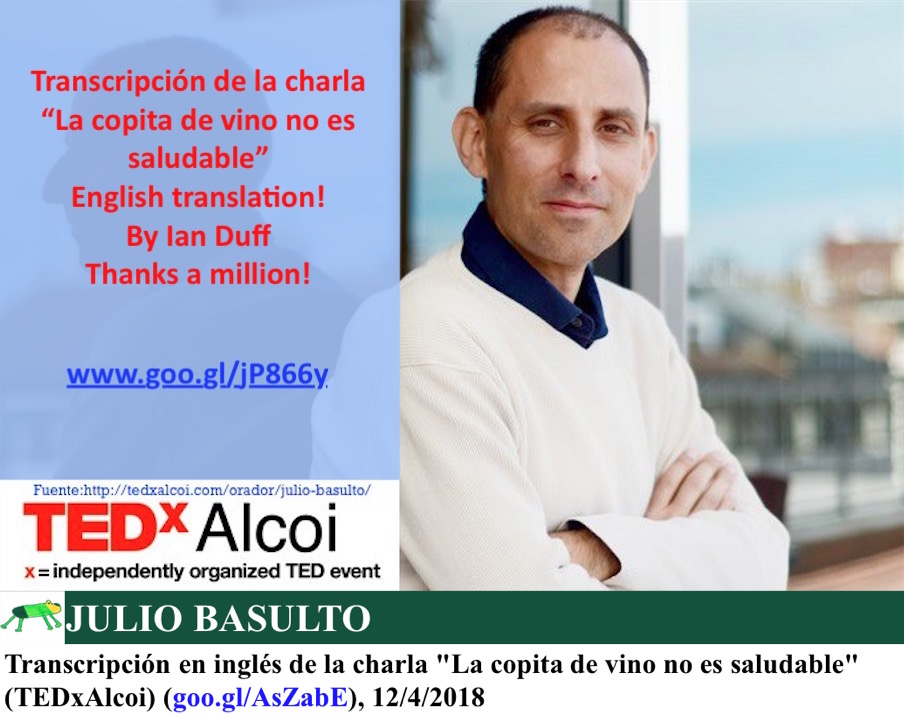





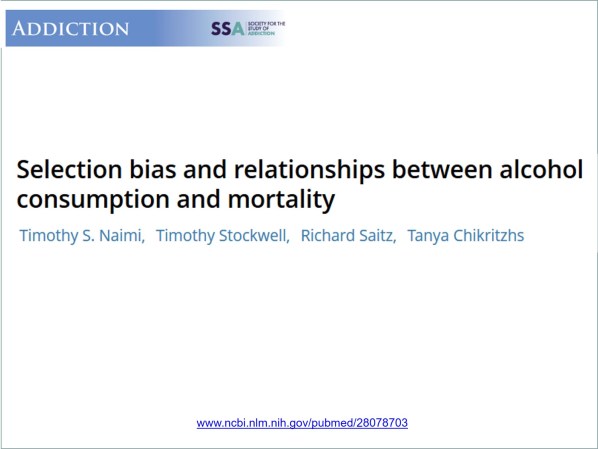
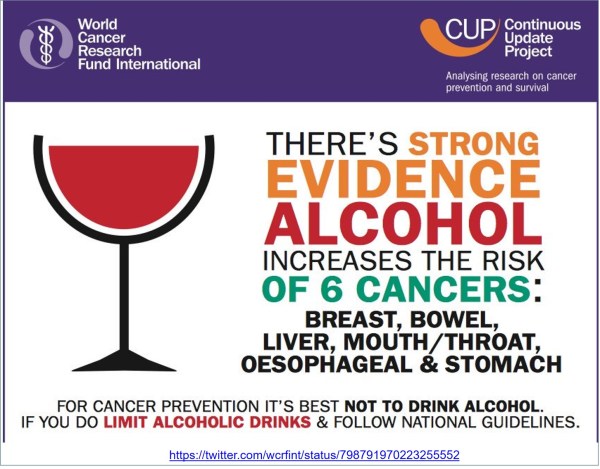
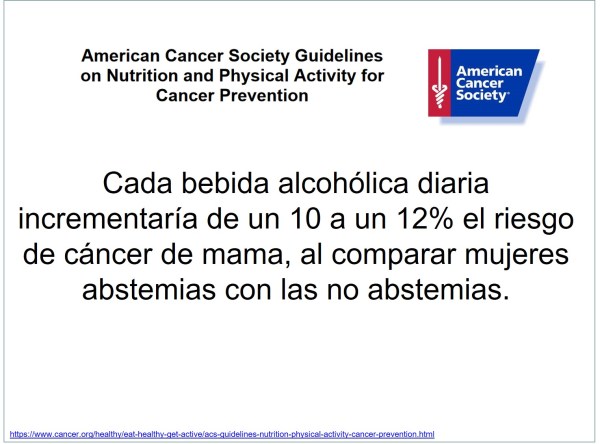



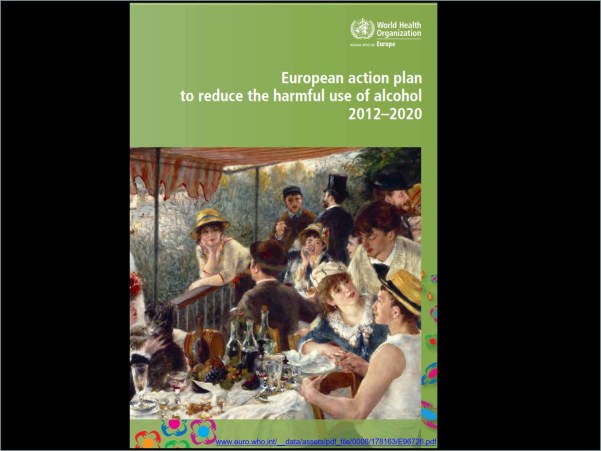

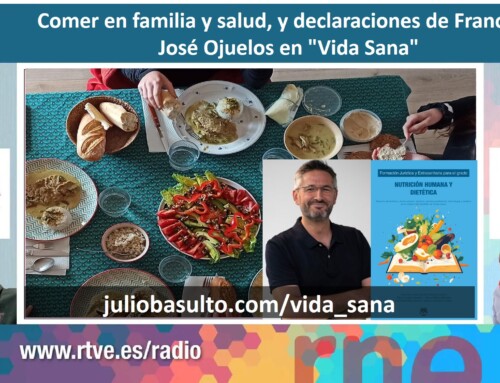
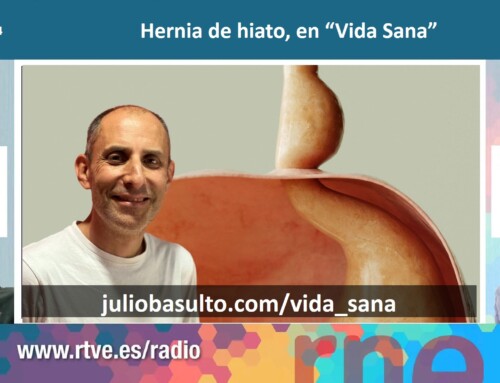

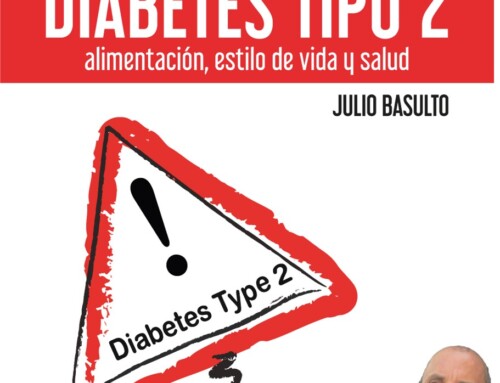


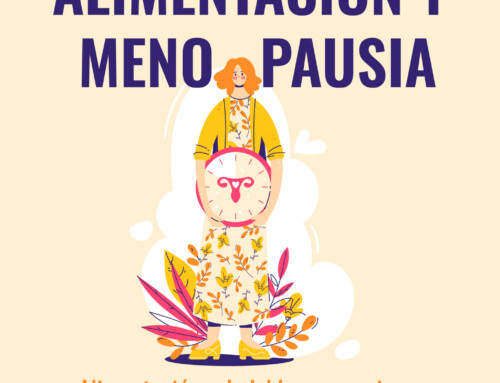
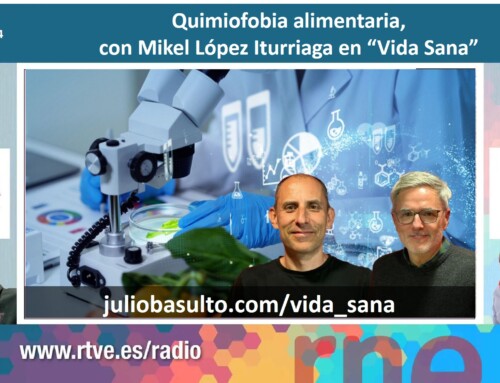
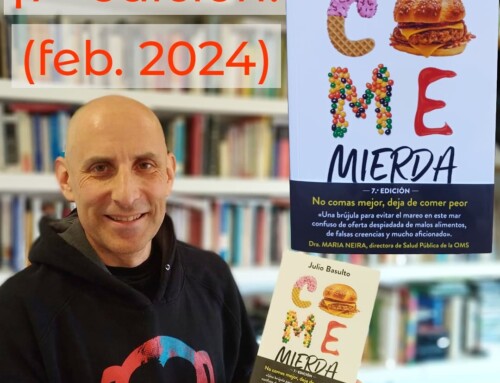

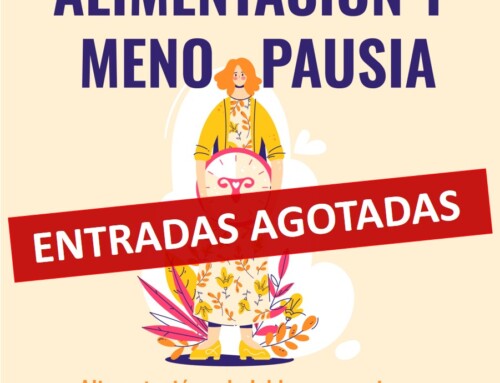



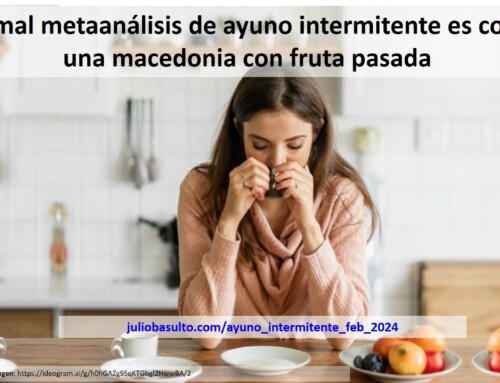

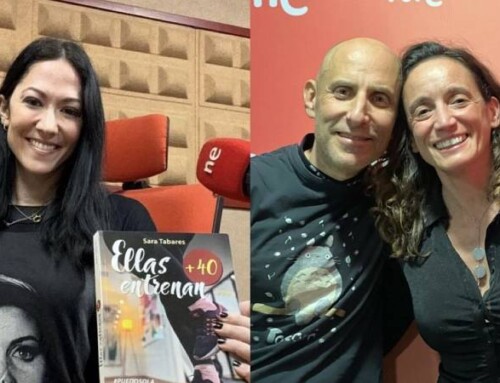
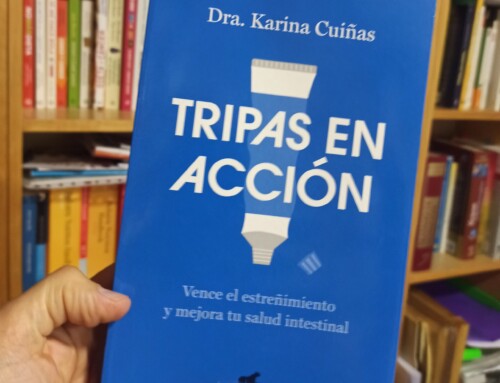

Debe estar conectado para enviar un comentario.